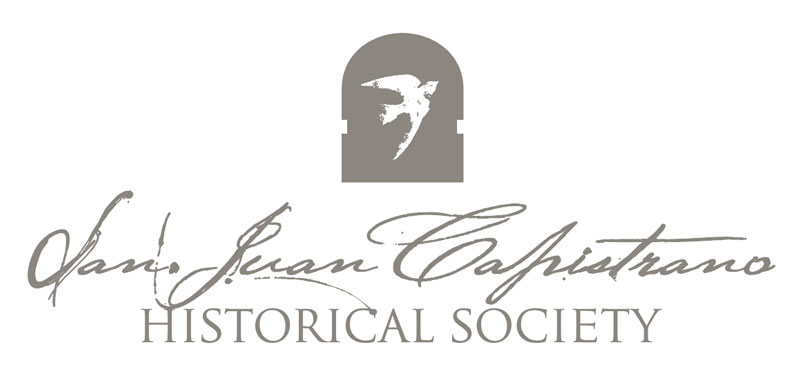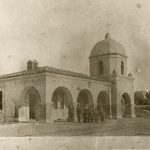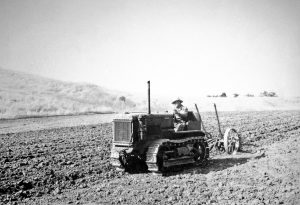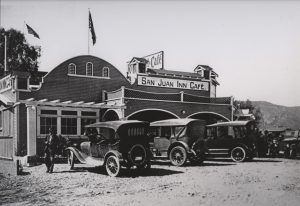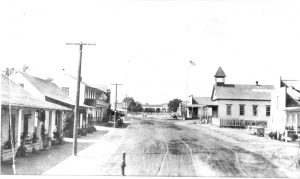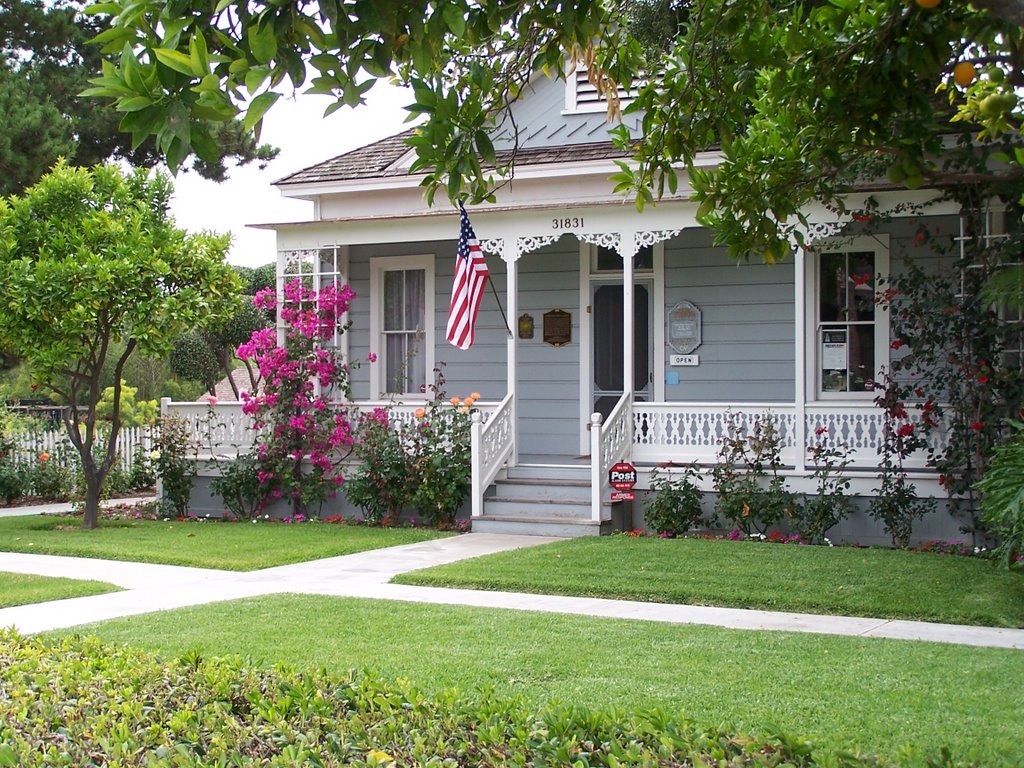
The Garcia/Pryor residence, now known as the O’Neill Museum, was built between 1870 and 1880 by Jose Garcia, a saloon owner, for his wife, Refugio Yorba. It was one of the first frame houses in San Juan Capistrano and was originally located on the lot directly behind the present El Adobe de Capistrano Restaurant. Unfortunately, Garcia was murdered in 1896 by a man known as Mestizo”, who was tried and convicted. He was sentenced to hang, but the sentence was reduced to life in prison. This sentence was also reduced and he was free in a few years. A story circulated in town that several prominent citizens wanted the land at Forster and Camino Capistrano streets on which Garcia’s saloon was located and had paid “Mestizo” to kill Garcia. Nothing was ever proven against any of the town’s citizens.
In 1903 Albert Pryor purchased the house from the Garcia family and he and his family lived there until 1955. Pryor spent many hours on the porch of the house, watching the children and the trains. He suffered a bad stroke in the middle fifties and the house was rented periodically. The “ghost” of Albert Pryor was supposed to sit on the porch occasionally and smoke a cigar. This usually frightened the tenants away.
Finally, in 1976, the Cornwell family, who owned the El Adobe Restaurant at that time, donated the building to the San Juan Capistrano Historical Society. The Society raised funds in order to move the house across the railroad tracks to a new location on Los Rios Street. The property was leased from the Oyharzabal family who has since donated the property to the Society. With lots of sweat, blisters, and aching joints the members of the Society restored the house and furnished it with period furniture. The cost was over $100,000. The O’Neill family donated $60,000 and the Society raised matching funds. The building became know as the O’Neill Museum in honor of Marguerite O’Neill, revered member of the O’Neill family who kept Rancho Mission Viejo from being sold.
The house was originally constructed as a four-room home with no bath or kitchen (most cooking was done outdoors). About 1895 a bathroom was created in the back bedroom, closets were made from space in the front bedroom and other alterations were made. In the 1920s the kitchen was added although it still did not include a stove.
Today the Museum also is the San Juan Capistrano Historical Society headquarters and the center of all its archives of photos, books, documents, maps, genealogical records, oral histories and much more.
